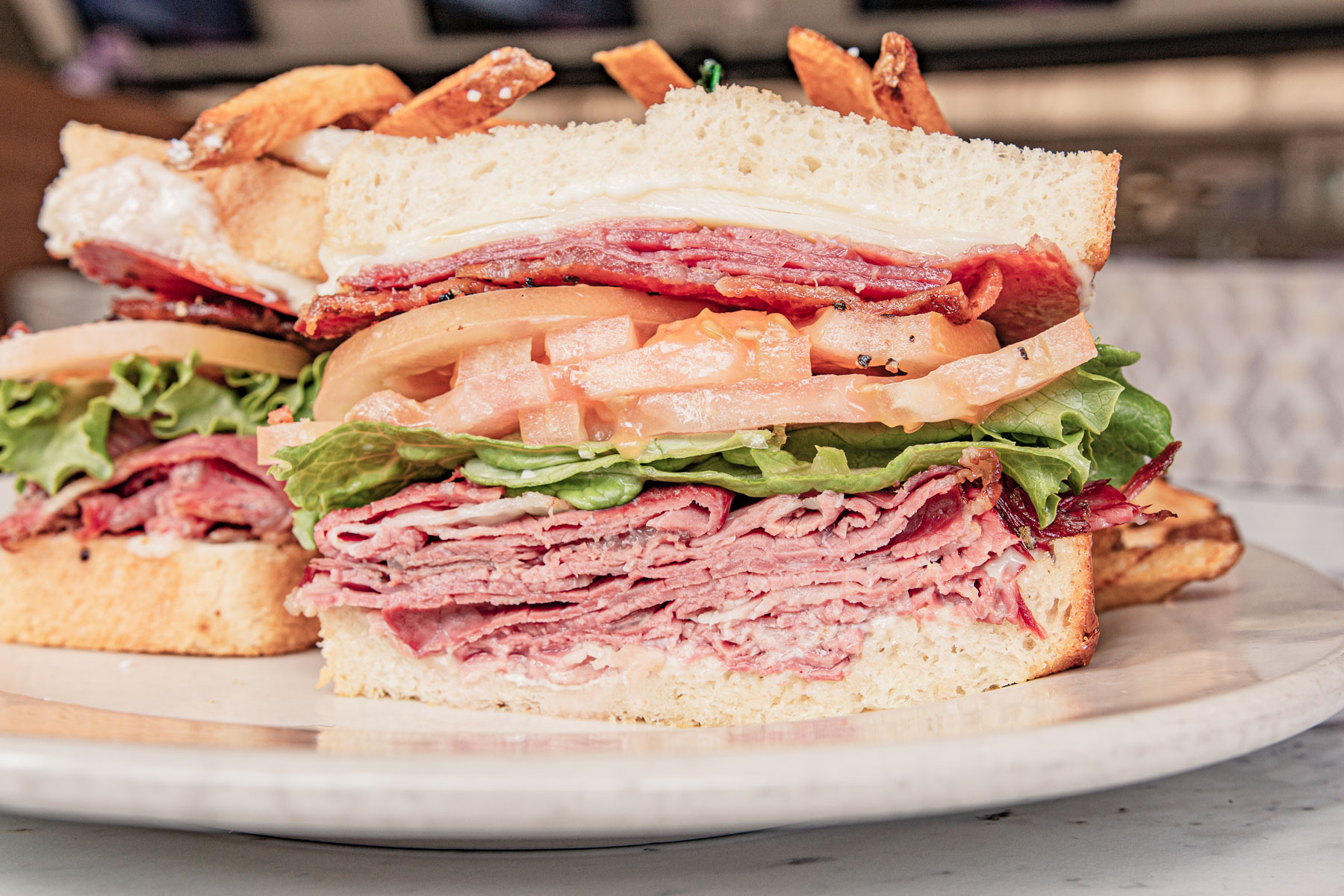
Summer love may be fleeting, but Tucson Foodie’s warmth for the Sonoran Desert is nothing shy of everlasting. We dedicated the month of August to eats (and drinks) sonorense to dazzle you with all the goodness our cuisine has to offer.
So, grab a pitcher of prickly pear margaritas and some chips and salsa and get comfy, because to close out the month, we’re serving up a guide to some of our favorite Sonoran food representatives. And like our seemingly eternal heat spell this year, it’s mighty long.
The Sonoran Desert is ecologically defined and geographically mappable. Climate change will render its borders increasingly fuzzy, but politics can’t. At any given time, we can point to its edges and say, “there’s the Sonoran, and there it is not.”
The definition of Sonoran gastronomy, however, is significantly more porous. Gastronomy is the relationship between food and culture, and so by its very nature, it is systemic and dynamic over both time and space. It is dependent upon human use of the land and humans are fickle.
Certain Sonoran food that the earliest people who lived in the Sonoran Desert ate are no longer consumed. Some have fallen out of fashion; others have dried up, due to phenomena including but not limited to drought, over-cultivation, and the consequences of introduced livestock. And yet other Sonoran food that the earliest peoples ate are still consumed.
In the Sonoran desert, as is the case with most anywhere that has become inhabited, immigrants bring previously unknown ingredients, recipes, preparation techniques, and technologies. Their gastronomy becomes absorbed into the regional zeitgeist — sometimes quickly, other times hesitantly, and in other cases, it’s violently rejected as older generations deny newcomers’ foods the cultural validity that their own was granted.
There is something to be said, though, for the intentionality of preserving ancestral foodways. With mindful purpose, today, a slew of Tucson-area producers (literally from farm to table) honor the landscape and heritage from which our contemporary gastronomy emerged. These individuals and consortiums are actively incorporating the timeline of regional ingredients into their repertoires.
Other area restaurateurs, however, maintain no such objective. They are themselves simply in and of the Sonoran Desert, making the recipes that their parents, grandparents, and ancestors made, maybe putting a personal spin on a dish or two, but never dancing in the realm of fusion.
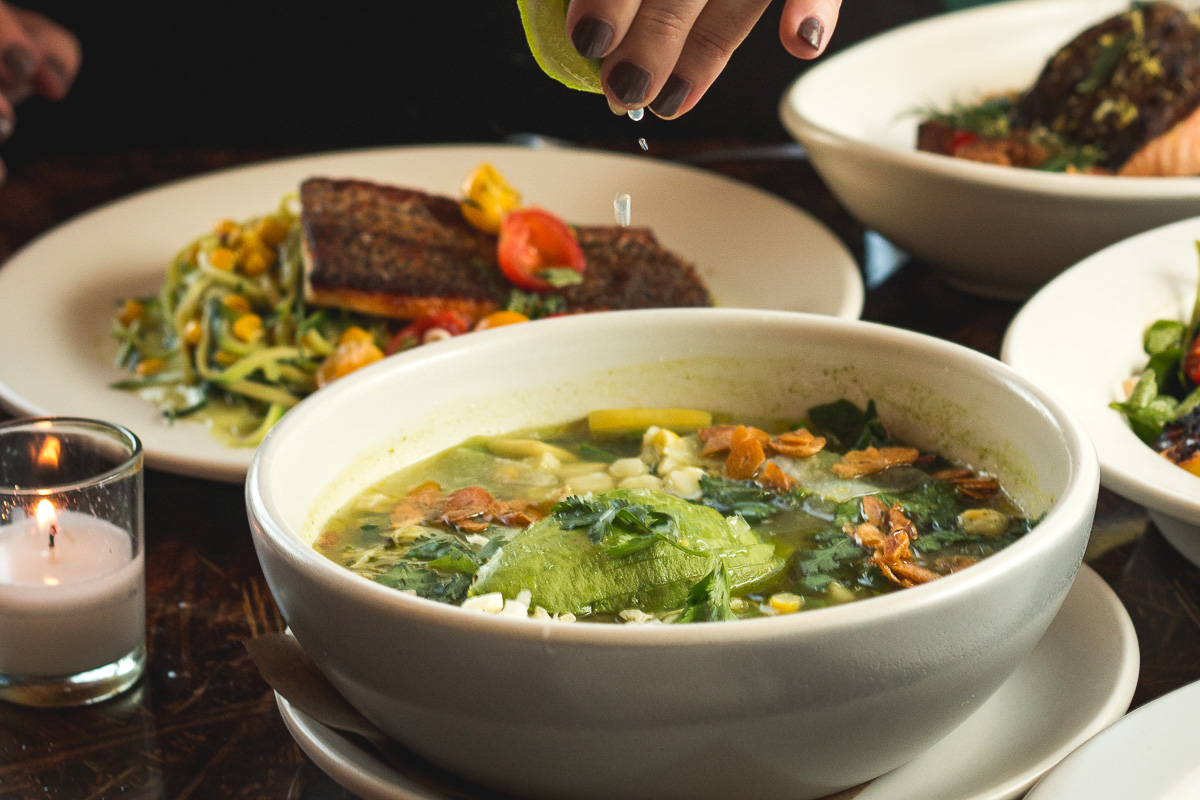
What follows is a guide to our go-to Sonoran food stops. It’s organized loosely chronologically by the history of human consumption of the star ingredient, beginning with edibles that Paleo-indians used when they developed the region’s earliest food systems some 4100 years ago. It proceeds through our gastronomic calendar, culminating with the hottest (if not spiciest) new Sonoran food fad.
Let’s not forget that two-thirds of the Sonoran Desert is actually in Mexico and while this guide only covers Sonoran restaurants in the Tucson area, we paid close attention to the fact that our border is a political divide, not an ecological one. A vast section of the Sonoran Desert is also on indigenous peoples’ sovereign territory.
A list of Tucson restaurants that honors our regional gastronomy could never be comprehensive. So, if you have favorite dishes around town that star these Sonoran ingredients and don’t appear on here, do feel free to add them in the comments section (way) below.
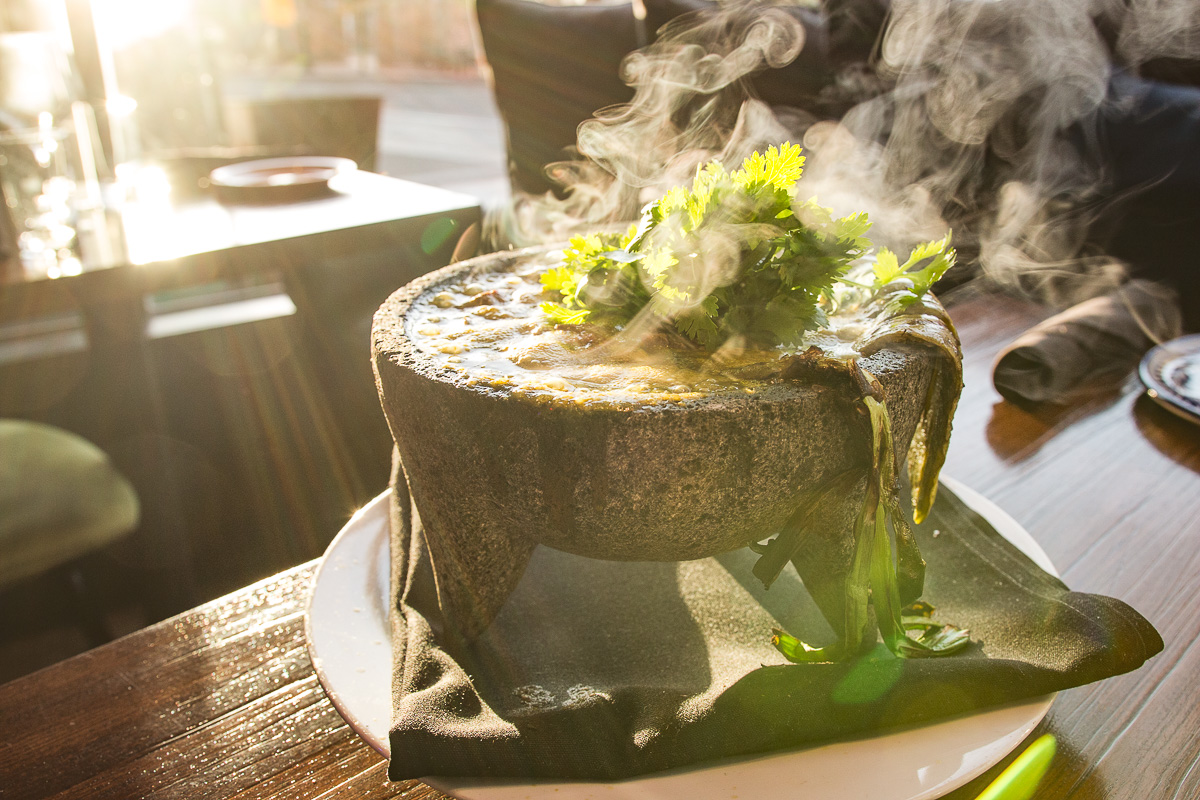
It doesn’t matter if you’re a local or a first-time visitor to the area, we all think “cactus” when we think “Sonoran Desert.” A lot of us don’t know how nutritious a Sonoran food source our prickly plant buddies are. Also, they’re delicious.
To get you started, check out our recent If You’re Feeling Prickly, Give These Sonoran-inspired Nopales Dishes a Try guide and some more cactusy treats not on that list.
Suzana Davila, executive chef and owner of Cafe Poca Cosa, one of Tucson’s most esteemed restaurants, has presented the indigenous ingredient in one delectable form or another for upwards of 30 years. Her hyperseasonal chalkboard menu has been known to feature cactus pads throughout the year.
Central Tucson’s Cielos at Lodge on the Desert near Reid Park uses Sonoran food like cacti in a variety of their dishes. Their sweet ancho agave succulent vinaigrette salad dressing is creative and balanced, with the sweet agave complementing the cool earthy beets and tart watermelon radishes.
Every September, Tanque Verde Ranch provides a workshop on sustainable harvesting of prickly pear cacti, from which everything from syrups to entrees can be made. Their signature prickly pear margaritas are some of the best in town.
When they’re in season, in spring, Urban Fresh has been known to use local asparagus-tasting cholla buds in salads and other dishes. Keep a lookout come April.
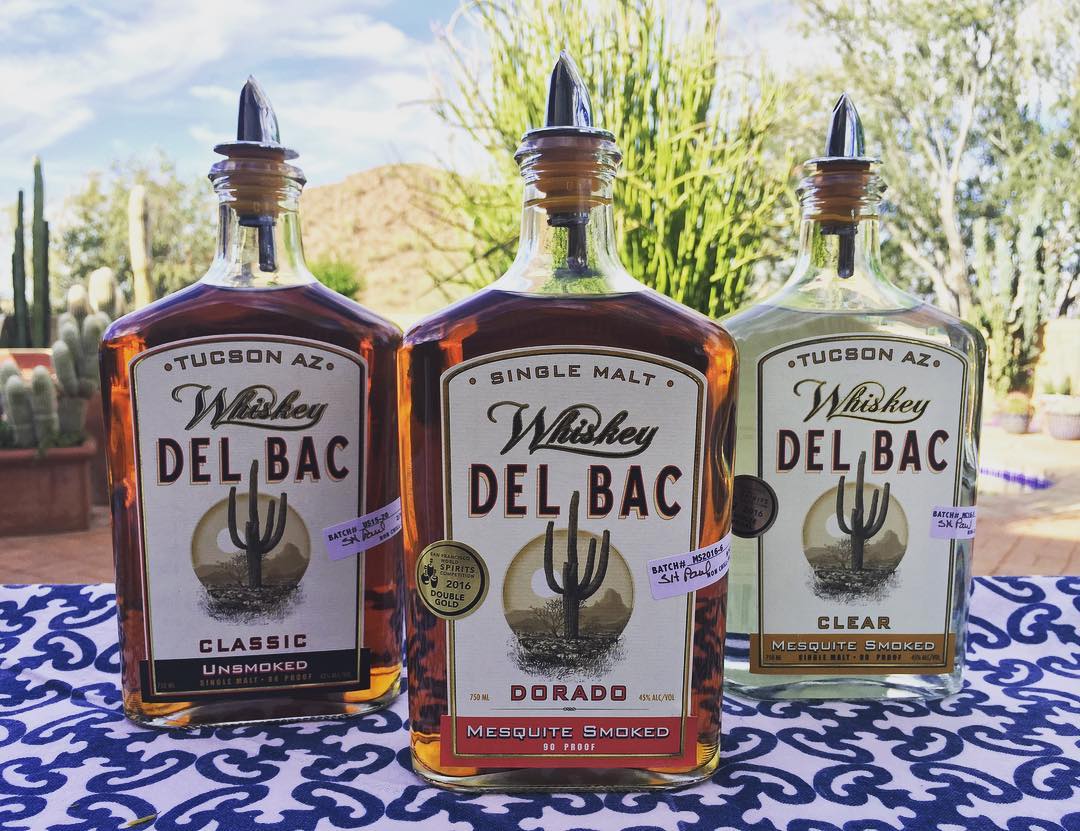
Gente sonorense have used the hardy mesquite tree for thousands of years to supply themselves with food products ranging from flour to candy. Today it’s also common to use parts of the tree as a flavoring. We smoke its wood to impart strong seasoning to meat and let bees extract the nectar of its flowers to enhance their ever-vital honey.
Hamilton Distillers is the first small-batch distillery of its kind in the Southwest and owners Amanda and Stephen Paul craft some mighty fine mesquite-smoked whiskey, Whiskey del Bac. You can find it in lots of places, from grocers to in drinks at bars, and even Costco. We like the Saladito cocktail at Scott & Co. It blends Sonoran and Central Mexican liquors: Whiskey del Bac (the clear smoked, not the more intense dorado version, though both do use mesquite); mezcal; honey; and cayenne; with a bit of lime. It balances the wood flavor and yet the desert shines through.
Smokey Mo uses mesquite wood to smoke their house-brined pastrami (and everything else), and keeps their tacos Sonoran as they’re served on a corn tortilla (whereas burritos are served on flour; more on that later).
Taqueria El Semental is a taco truck (now fenced in but still sans seating) highlighting the very happy marriage of grilled meat and desert wood, Sonora style. All their asados are great; try the pollo. The mesquite is strong with this one.
For the go-to taco stand using mesquite, though, head to Tacos Apson and get the carne asada. You could get the bull testicle or the ribs tacos, but for that mesquite wood flavor, go with the standby and order the carne asada. The salsa is great but don’t dress your food up too much or you’ll lose the smokiness.
Tito & Pep uses exclusively mesquite on their grill. For example, rightfully, every menu, from brunch to lunch to dinner, features the woodfired eggplant. Get that or the salmon (or really, any fish).
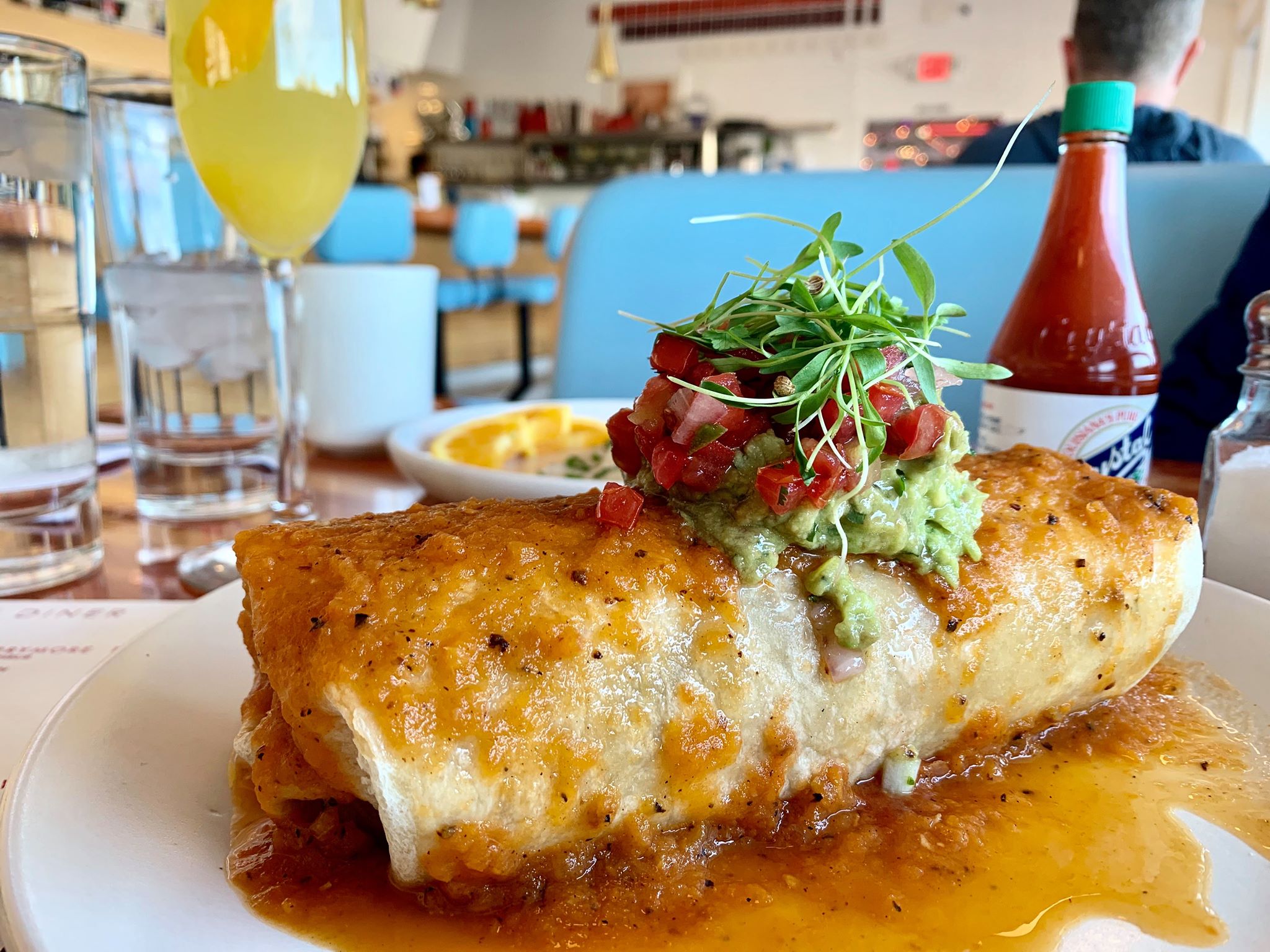
The so-called “holy trinity” of U.S. Southwest agricultural plant life and Sonoran food is also known as the Three Sisters. Corn, beans, and squash often end up on a plate together in some manner, and the creative interpretation of these foundational ingredients have proven endless.
In this guide, we’re taking them one by one (though one dish we particularly enjoy that uses all three together is the vegan Three Sisters Burrito at Welcome Diner. It’s roasted corn, tempura-battered squash, almond spread, and local tepary beans, all stuffed in a giant Alejandro’s flour tortilla).
New local distillery Town Under Black is making Six Sky whiskey using blue flint corn from Ute Mountain Farm and Ranch in Cortez, Colorado. It’s a type of corn that colonials in Sonora would have been using, and while it’s lower in sugar than our bright yellow genetically modified corn, it yields a deeper flavor. This is especially true considering Town Under Black is infusing the 95-proof moonshine-style whiskey with cacao husks from the local Monsoon Chocolate factory. Get it in a cocktail from The Parish or at the AC Hotel Tucson Downtown (when they can keep it in stock).
For dinner at Elvira’s (there’s one at 256 E. Congress Street in Tucson while the original is in Tubac) you can get Fried Chicken and Huitlacoche Tacos. Huitlacoche (pronounced weet-la-coh-chey) is a fungus that grows on organic corn, kind of like a mushroom. It’s a rare delicacy consumed throughout the maize-growing world and beloved in Sonora, Mexico.
Tamales are an ancient food, an offshoot of a Central American dish with corn dough, or masa, wrapped in banana or plantain leaves, depending on the terroir. Of course, here they tend to be wrapped in corn husk. Over holidays and on New Year’s in particular, but really any day in the Sonoran desert we simply devour tamales. We get handmade versions from sweet ladies selling them by the dozen outside dollar stores, from our abuelas, or from the following restaurants.
Two brick-and-mortar locations of Tucson Tamale Company offers several-teen varieties of tamales ranging from vegan soyrizo to green chile and pork. They’re the real deal, and they ship. You can even get these babies in grocery stores in Alaska and Hawaii. They represent our sabor with integrity. Tanias 33 often runs out of the green corn, red chile beef, and vegan red chile jamaica tamales they serve either hot or to-go in the refrigerated case. If you call ahead, they’ll set a dozed aside for you for one hour, that’s all.
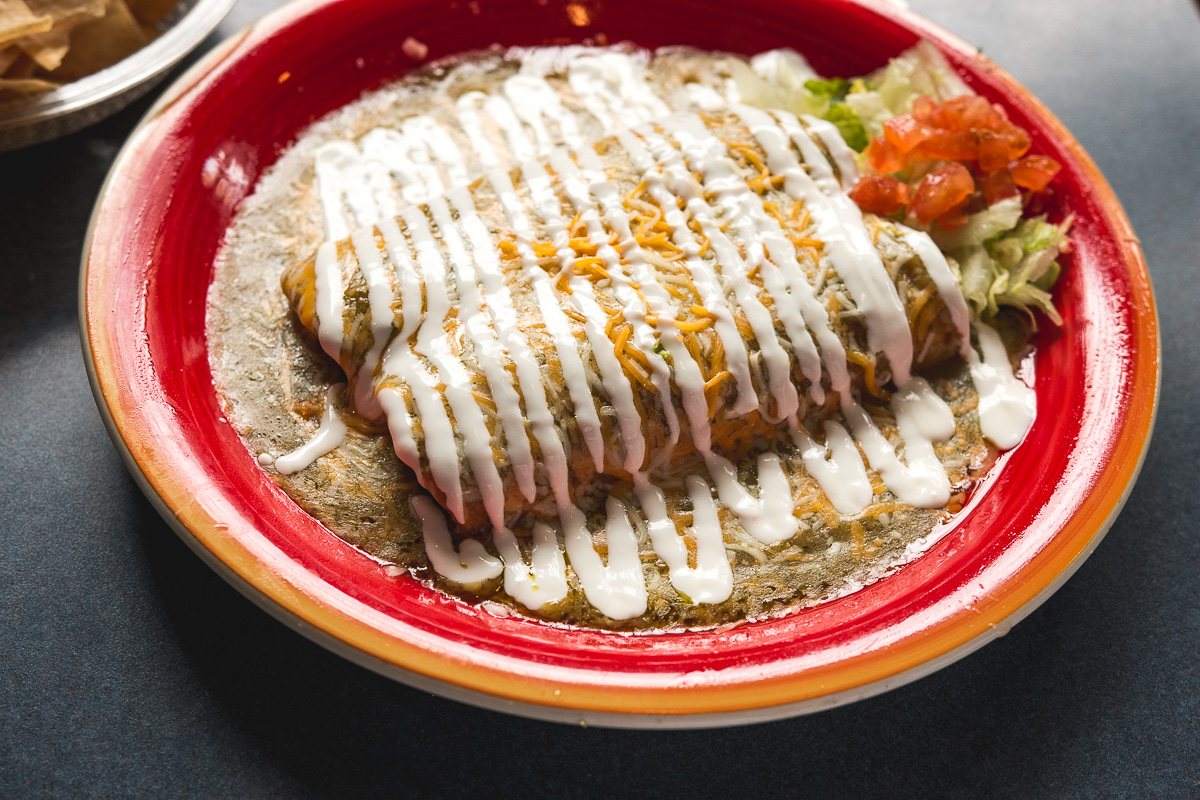
Technically, “enchilada” is the past participle of “enchilar,” which means to add chile to. So strictly, an enchilada is that to which chile been added. Kind of. But theory and practice are different, linguistically and in most other cases. In practice, if you order something (usually a burrito) “enchilada style” it will be covered in oregano- and cumin-forward mild red or sometimes green chile sauce with tomato.
Historically, making enchiladas, as with tamales, entailed stuffing rolled in corn covered in pureed chile. And in most of Central and Northern Mexico, this is still the case. But regionalisms exist and time passes. It’s safe to say that the majority of enchiladas served at today’s Sonoran Mexican-style restaurants — at least in Southern Arizona — involve rolled flour tortillas. But it’s actually an older regional tradition to make them with ingredients atop thick, flat, corn slabs. Here are a few places that maintain that style.
While they’re known for their rolled tacos, at Rollies Mexican Patio, one of the favorite featured menu items are the Flats — Sonoran-style enchiladas. The award-winning restaurant serves a slew of delicious toppings on thick corn tortillas, kind of like gorditas from New Mexico (which is mostly in the Chihuahuan Desert). The pork pibil choice is citrusy delicious, but in keeping with this guide’s theme, this time order the equally amazing Sonoran Style Shredded Chicken version, topped with red sauce, queso fresco, and green olives, et cetera.
Mi Nidito has been open since 1952, and while you can order rolled enchiladas, the fun ones, like nopalitos, green chile and cheese sauce, or shredded beef, are handmade and flat. Yes, they’ve served President Bill Clinton, but don’t forget, they also brought comida to Linda Ronstadt, Beau Bridges, Sam Elliot, Willie Nelson, and the Iglesias family. Could have been the flat enchiladas.

The three oldest types of beans harvested in the region are tepary beans (Bafv, in O’odham), which Ramona Button grows at her Ramona Farms near Sacaton; kidney beans; and runner beans. Then came lima beans or fava beans (their arrival time appears to have been neck and neck). Beans dry and therefore travel well, and many varieties can withstand the heat. They soon became vital to subsequent Sonoran populations: cowboys and ranchers. They evolved into a true staple as miners and homesteaders roamed the desert. Obviously, there is no shortage of Sonoran restaurants serving beans, but here is a selection of favorites.
Frijoles charros at El Charro Cafe and Charro Steak are actually healthy pinto beans, served in their own water with just a bit of seasoning, tomatoes, and topped with a sprinkling with queso fresco. You can get refrieds too (fun fact: they’re not fried twice, but “well fried,” the translation for “refritos”) but once you’ve opted for the Charro family’s unadulterated side dish frijoles charros, you do begin to crave them.
Cafe Botánica at Tucson Botanical Gardens serves a side of tepary beans with cumin and caramelized onion. They source as many ingredients locally as possible (some come right from the botanical garden itself).
Contrary to popular belief, not the entire menu at Feast is rotational. Some fan faves stick around, and for good reason. One example is the squash blossoms starter. The flowers are filled with house-made ricotta, drizzled with honey, and topped with toasted hazelnuts. That said, the kitchen crew there is often doing something fun with seasonal local squashes; check out their menu come autumn and see what they’re serving up.
Ensenada Street Food makes a vegan squash (calabacitas) alternative you can order in lieu of any of their meats for their many dishes. While the ladies who own and operate this street food joint do mighty good work with their meats, do try their calabacitas choice. It features. Some of. The best. Calabacitas. Ever.
Tumerico, with its scratch-made, mostly-Mexican vegetarian menu that changes daily, relies a lot on squash. Some stand-out dishes at their two locations and farmer’s market stand include green enchiladas and fried empanadas, both with zucchini as a star ingredient.
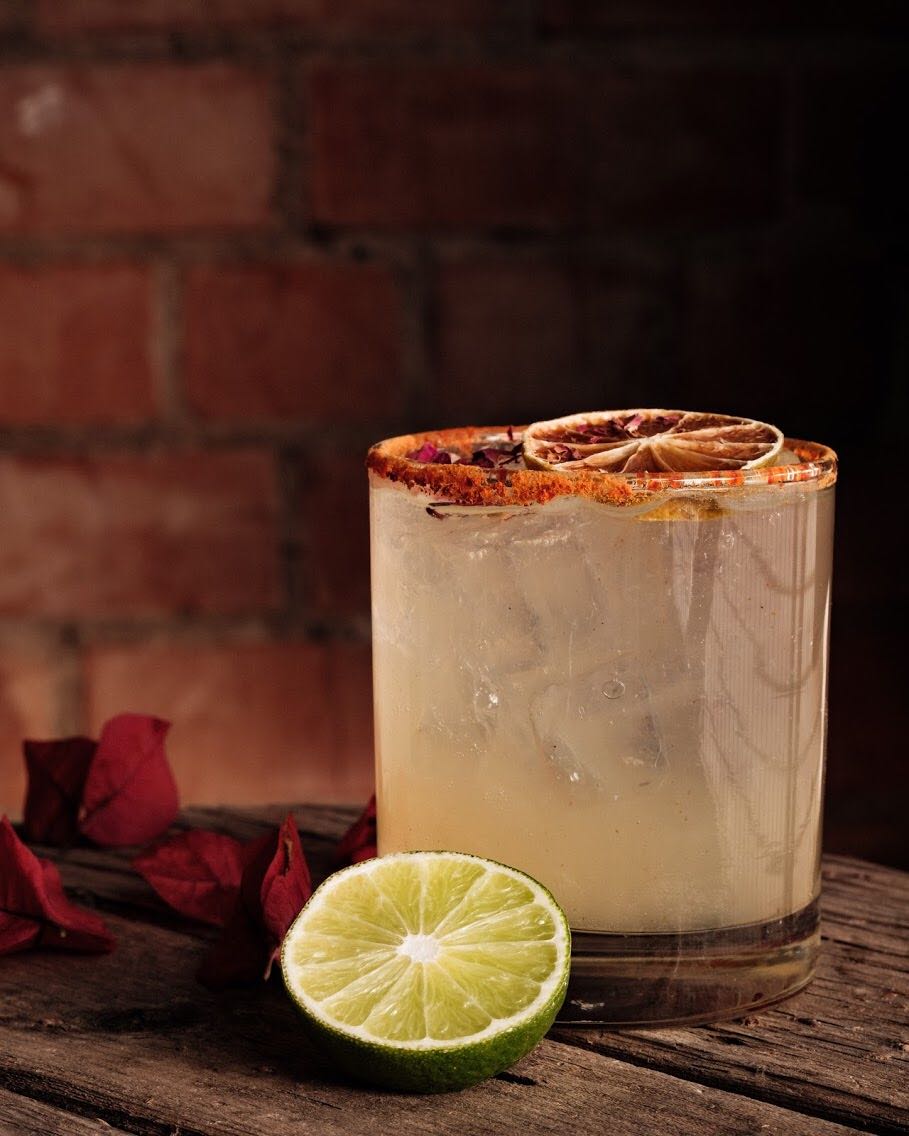
Bacanora is a Sonora, Mexico-based agave spirit made from the wild Agave pacifica. It cannot be made anywhere else and still be certified bacanora. The spirit must also undergo specific fermentation and distillation processes. The Mexican government legally banned its production in 1915 for nearly 100 years; still, generations of moonshiners continued to handcraft the potent liquor to keep the tradition alive. Meanwhile, tequila and mezcal grew in international popularity. Today bacanora is making a comeback among mixologists who esteem its mellow, medium-smoky flavor, and it’s finally being distributed in the United States. The following places around town serve it, and while it is rather difficult to find, even in neighboring Tucson, it’s well worth sussing out.
Penca Restaurante pours Rancho Tepua’s artisanal bacanora from Aconchi, Sonora. It’s great in their gimlet. Maynard’s Kitchen’s bar uses that same bacanora in a craft cocktail called Tequila’s Dirty Sister. Agustín Kitchen and newly opened restaurant The Coronet pour Rancho Tepua as well. You can also find bacanora at Exo Roast Co.’s bar. Reforma carries Sunora brand bacanora.
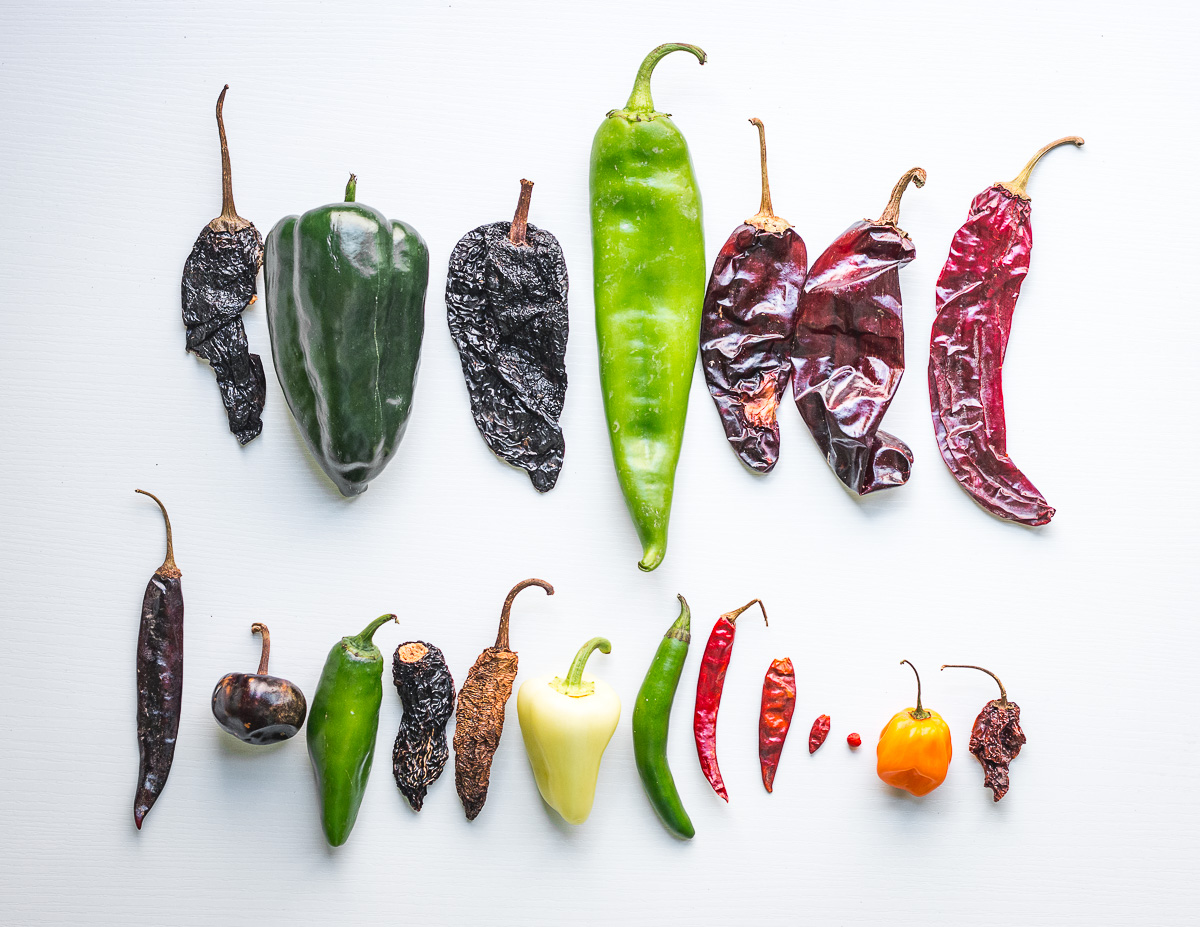
Throw a rock in our terrain and you’ll find a venue serving a chile-forward dish. Sonora dwellers can’t seem to live without the fruit for longer than a fish can outside water. Whether it be cultural or physiological or both, that capsicum-induced zing makes us happy.
Check out our Guide to Chili Peppers at Mexican Markets in Tucson — it is a comprehensive feature about chile varieties.
We could go on forever writing about where to get rajas (roasted green chile strips served in tacos or quesadillas or eggs); red chile stew; and of course hot sauces and salsas. We have before and we will again. But let’s talk about native Sonoran chiles versus introduced species.
One of the chile varieties native to the Sonoran desert is also one of the most ancestral of all the domesticated chiles. Creative local chefs are bringing the chiltepin back like it went out of style (which it apparently did, for many years). Ermanos adorns their Zip burger, arguably one of the best in town, with homemade chiltepin aioli. That sauce contributes to why it’s so irresistible. And Garden Bistro at Tohono Chul dresses their chicken and blue corn, green chile waffles brunch dish with chiltepin-mesquite-infused honey.
The Santa Cruz chile grows in the Santa Cruz River Valley, specifically south of Tubac near Tumacácori Mission. You can go straight to the source and buy powdered or fresh chile at the Santa Cruz Chile & Spice Co., which celebrates 75 years in operation this year. It’s excellent in red chile stew because it imparts a depth that almost tastes tomatoey. Karichimaka uses it exclusively in theirs.
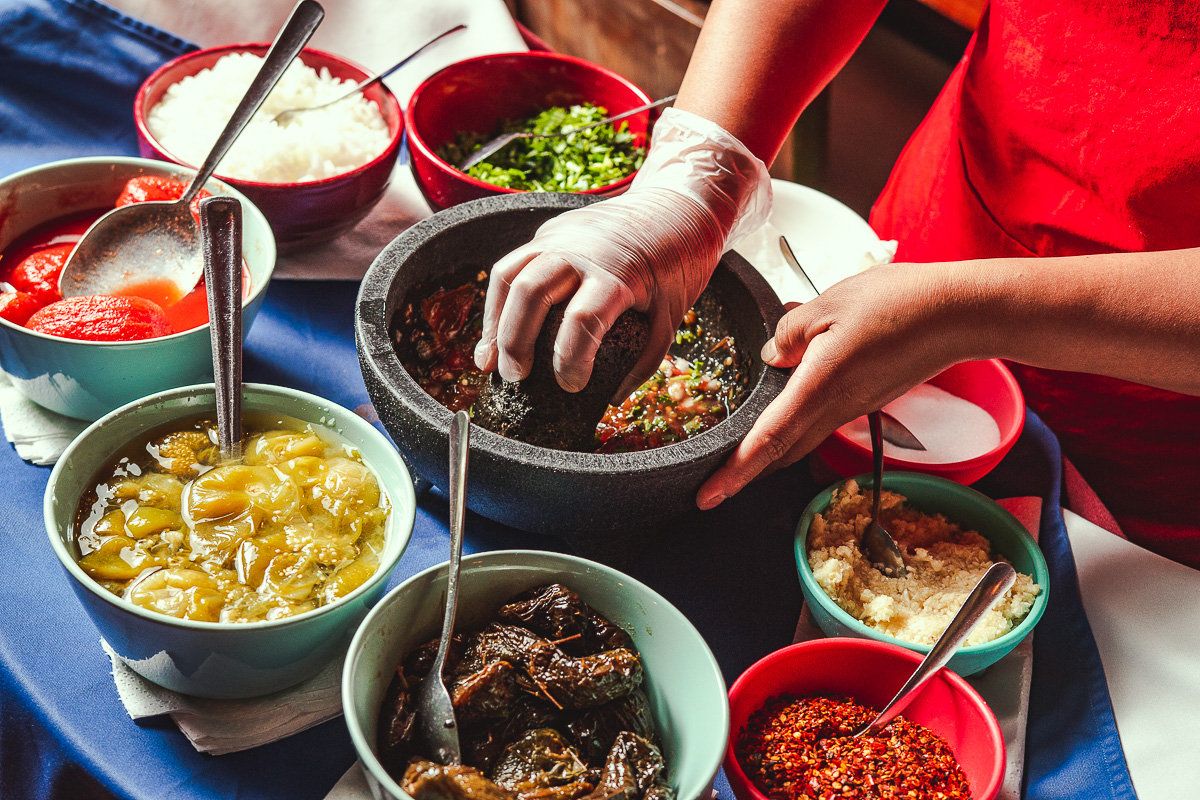
As with so many other Sonoran food stuffs, locals have our biases when it comes to who makes the best salsa. Red and green are both valid Sonoran choices. So are chunky and smooth, spicy (picante), and mild.
Some contemporary salsa selections we like are The Quesadillas’ spread (we also like their rajas con crema tacos, since we’re in the chile section) and of course BOCA Tacos y Tequila’s ever-changing offerings.
Check out our Guide to 16 Places Crushing Chips & Salsa in Tucson.
And while we’re at it, check out our 8 Tucson Hot Sauces & Salsas That Bring the Heat and Flavor.
Cereal Grains
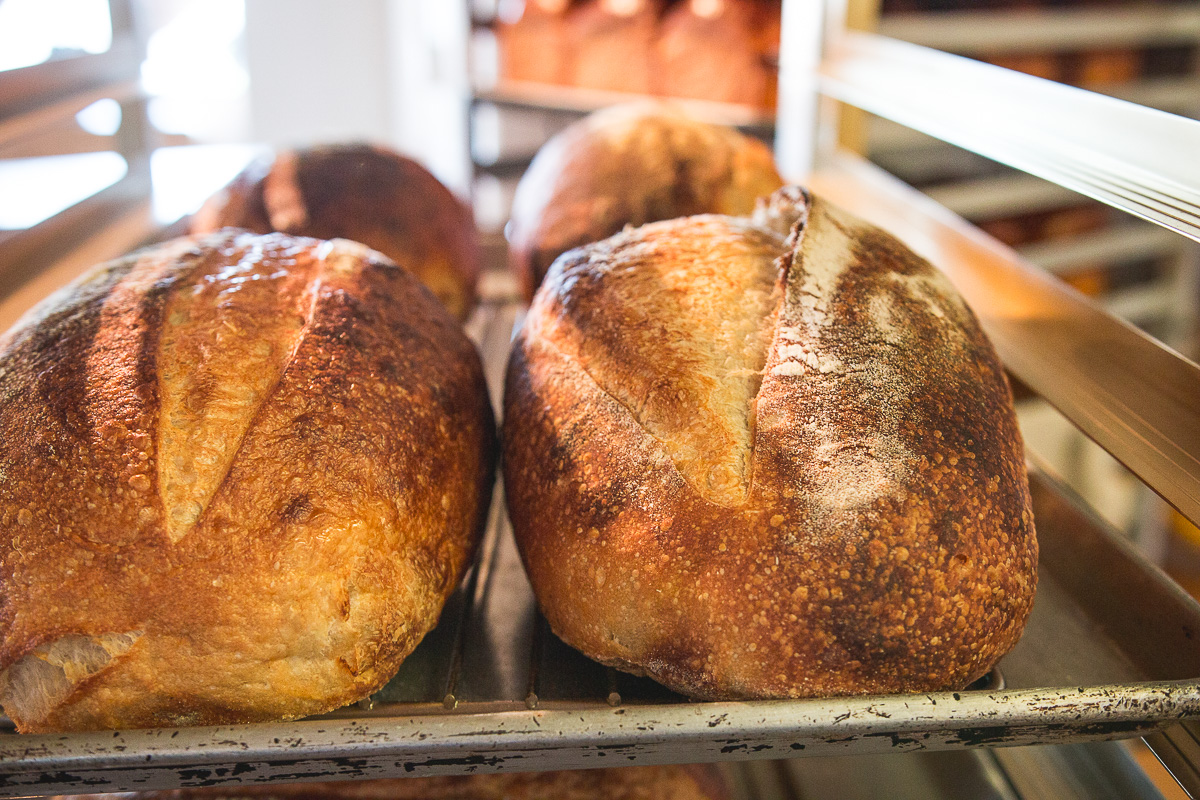
It was Jesuit Father Eusebio Kino who, more than 400 years ago, brought the first wheat north through what is now Mexico to what is now the Tucson area. Wild amaranth of high nutritional value was already here, but it didn’t make for the best communion wafers, apparently. (And as promised, here’s our feature Sonoran Flour Tortillas Are Special to Tucsonans. But Why? about the relevance of flour tortillas to Sonoran gastronomy.)
The wheat variety that fared best in the climate and soil was Sonoran White Wheat, and now several farms and producers are working with it, bringing it back into vogue. Others are keeping true to — or blending it with — amaranth and/or other cereal grains to make flours.
At August Rhodes Market, it’s bread, bread, everywhere bread … and it’s good bread. It starts with the fact that they’re growing their own heritage wheat at a local farm. Then, there’s partner/baker Nathan Teufel crafting loaves and bread boules for the chefs’ exquisite soups. If you can’t get a table, not to fret: Teufel is supplying the bread to parent company Prep & Pastry among other restaurants around town.
James Beard 2019 Semifinalist Don Guerra of Barrio Bread uses hearty locally grown wheat types, mesquite flour, and an ancient Afghani grain called Khorasan in many of his bread varieties. He even makes Pan de Kino, which uses Sonoran White Wheat leavened with wild yeast. Many of these grains are grown and milled at Marana’s BKW Farms. Barrio Bread sells several heritage flour blends online as well.
Pueblo Vida Brewing Company also sources its Sonoran White Wheat from BKW Farms. They use it in their Igneous and Sedoso pale ales, their Asterism grapefruit wheat among others, showcasing the versatility of the grain.
You’ll see Sonoran White Wheat (and tons of other locally sourced, seasonal, heirloom variety foods) on Chef Ryan Clark’s PY Steakhouse menus. One example of how he’s using the product is with organic carrots tossed in chiltepin yogurt and the wheat; another is as pasta with jumbo shrimp, herb pesto, and ricotta.
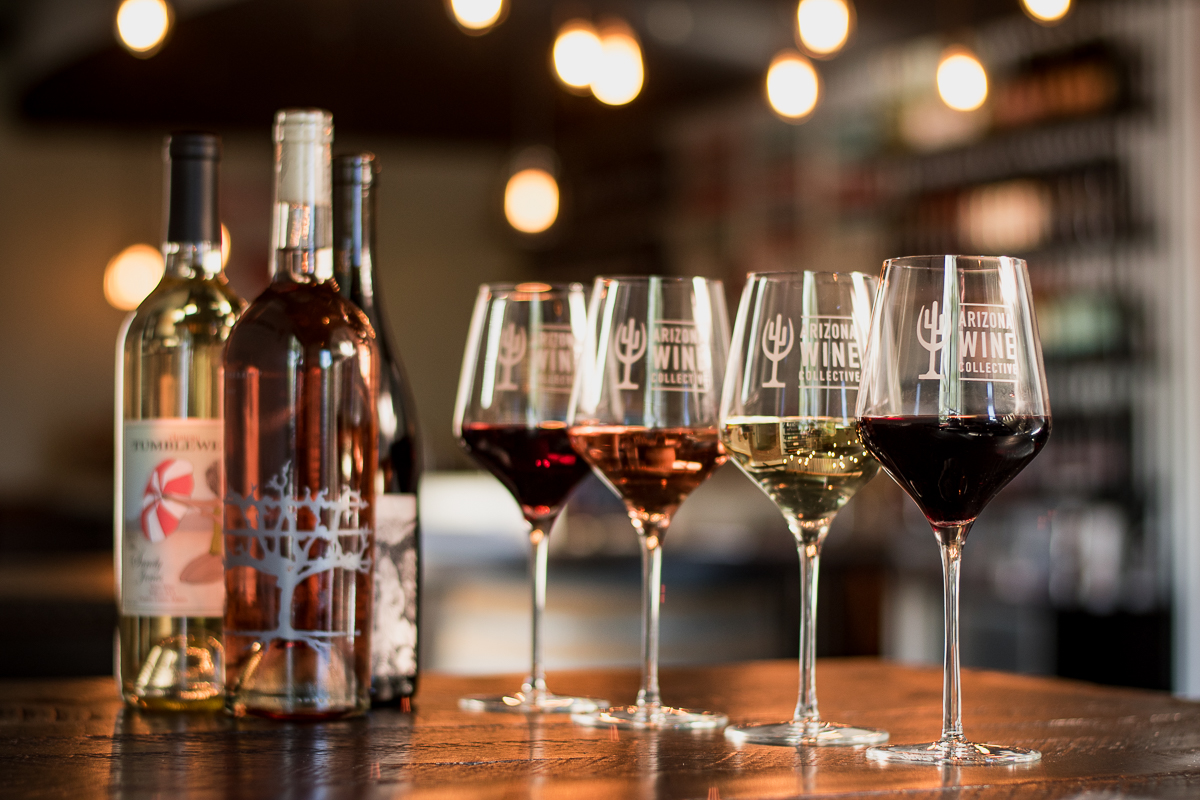
Like wheat, Father Kino introduced wine to the Sonoran because he needed it for communion – well before any Californian vinted a bottle. A newcomer might not think grape wine is “Sonoran,” but you know what assumption does. Proof? First, wine has been in southern Arizona since about 1550. Second, the diversity of the microclimates within the Sonoran Desert allows us to grow more than 20 varieties of wine-producing grapes. Third, wine grapes have grown into a major part of the region’s economy. Farmed? Yes. But the crop is now a part of our identity, just like other cultivars, and it’s a cultivar with a longer-standing heritage. Here’s where to go to taste Sonoran wines, without heading to the vineyards, which start at about an hour away.
Arizona Wine Collective heads to the Southern Arizona vineyards and brings their favorites to you. (They go to the Verde Valley wine-producing region, too, but that’s outside the Desert boundaries.) There’s a tasting room, bottle shop, and wine club.
Flying Leap’s wines are mostly big, red, and European, but they make some lighter whites as well. Their winery and distillery are in Elgin, but they have tasting rooms throughout Arizona. Tucson’s is in Plaza Palomino and doubles as an art gallery.
Willcox-based Sand-Reckoner has a tasting room in Tucson now, too, in a cool industrial space by the train tracks Downtown. They too have a microgallery.
Good Oak Bar near the Rialto Theatre pours mostly Arizona beer and wine – a good place to chill before or after that concert you’re so excited to see.
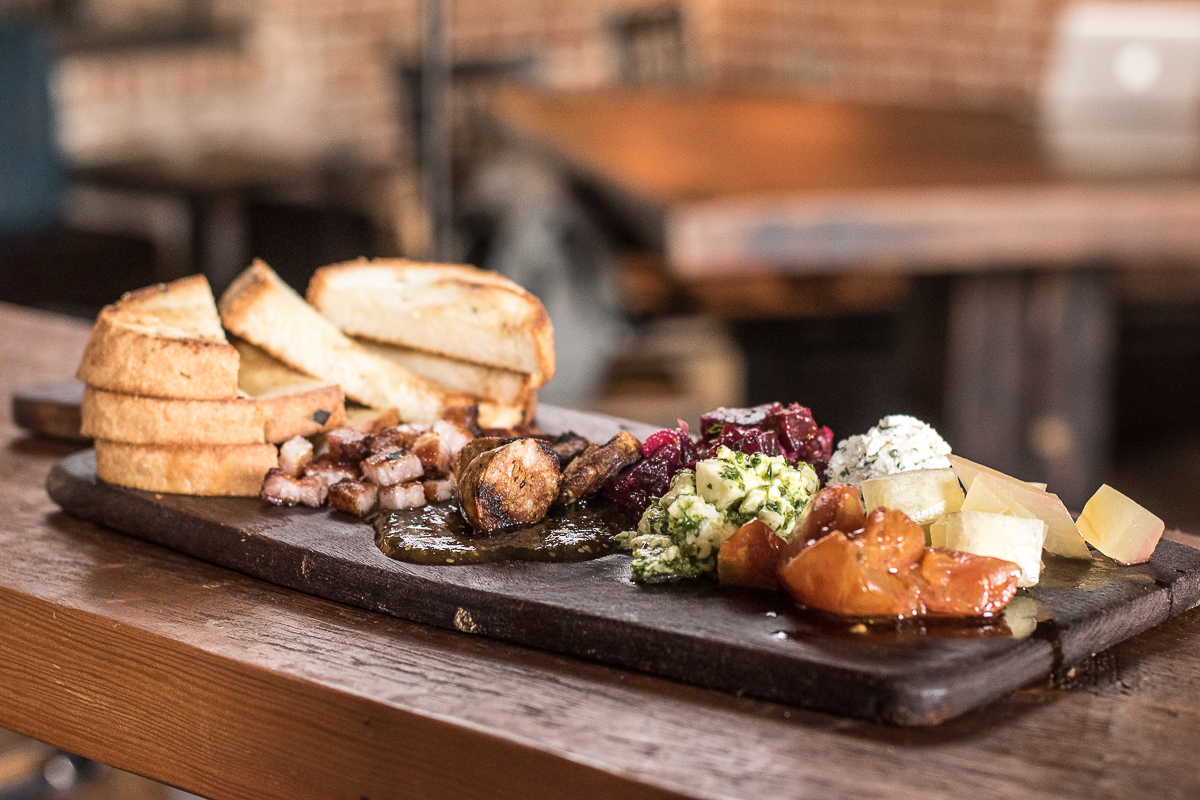
Passing Arizona History class required that you knew our statehood was founded on the “four Cs”: copper, cotton, cattle, and …citrus. The Mission Era brought so many of our plants and animals that ended up adapting rather well to our climate, from the aforementioned wine grapes and wheat to citrus, apple, figs, olives, quince, and pomegranate.
Quince paste is featured on cheese boards around Tucson, but the fruit itself could be utilized a lot more in baked goods, jams, and desserts, for example, considering how well it grows in our terroir. Same with pomegranate. Sure, you’ll see its seeds scattered on a salad, or the occasional pomegranate iced tea or cocktail. Now and again, the vitamin-charged fruit will be used as a glaze or reduction sauce, for example on the Arizona Inn’s gourmet pork tenderloin entree.
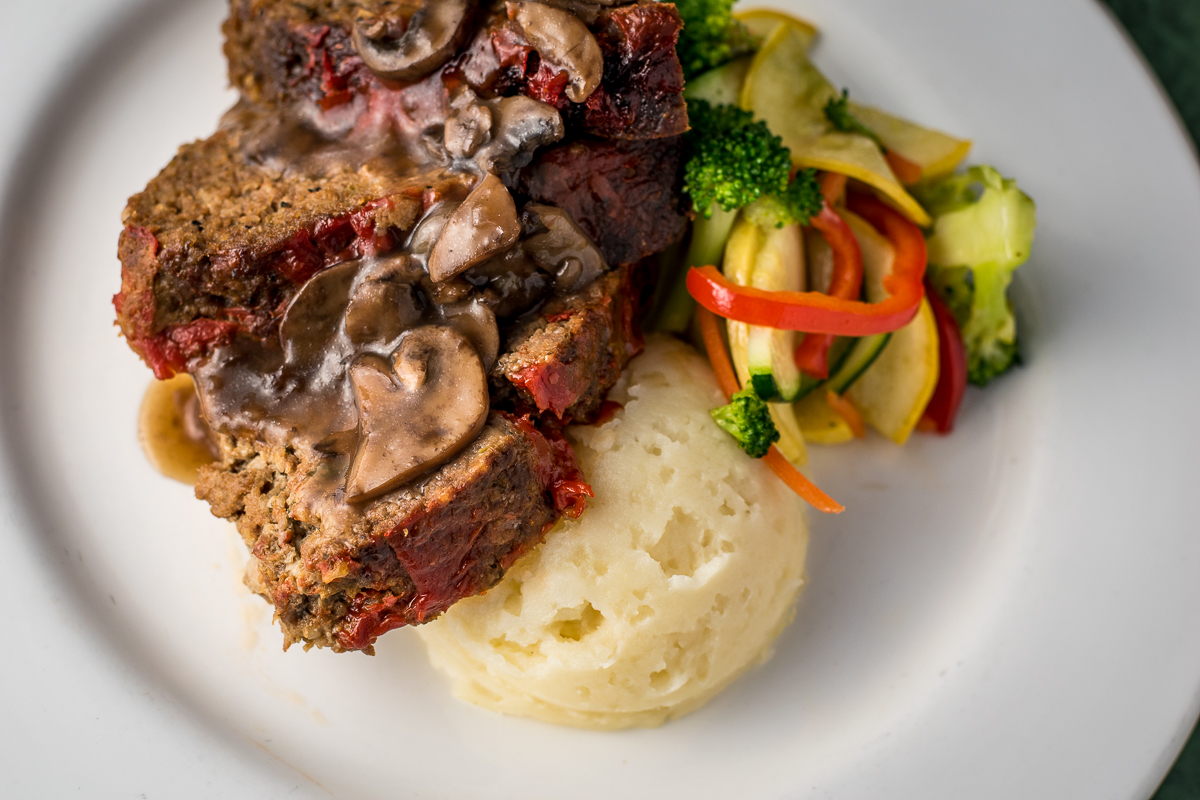
Again, we have Father Kino to thank for the original stock animals in the Sonoran Desert. These included goats, sheep, horses, and, arguably most impactful on the local gastronomic level, cattle. The Spanish brought the criollo cattle breed to Northern Mexico and Southern Arizona; it was already heat-adapted and did quite well. It was subsequently bred with even better-adapted varieties. Ranching began in earnest. Enter beef and dairy to the Sonoran diet.
Europeans and Euroamericans began to arrive in the Wild West in droves. Early post-Spanish settlers included the Swiss, notorious for their love of cheese and all things dairy. We didn’t have refrigeration, though, so we had to heat our milk and cheese, or use it immediately in fresh forms. Melty fondue-like cast iron skillet queso fundido is surprisingly more heritage Sonoran than you might have assumed, and now you know why it’s such a common menu item. Blanco Tacos + Tequila does as it should be.
The tres leches dessert is said to have originated in Sonora, Mexico. Although some food historians say it came from Central America, it makes sense that it derives from hotter climes because sweet condensed milk could stay preserved even in heat. The first known recipe was published in the 1960s on the back of a can of Nestle’s evaporated milk. The beloved dessert is popular throughout Latin America but ubiquitous in the Sonoran Desert. Suspiros Pastelerías makes a quatros leches (!) cake that is truly to sigh for. Reilly Craft Pizza & Drink dishes up a tres leches tiramisu we dig. Dolce Pastello in the Mercado has one of the best tres leches cakes in town, as well.
5 Points Market & Restaurant uses locally sourced, rangeland-raised criollo beef as their meatloaf – again, that’s the same type of bovine that the Spanish originally brought. The poblano-tomato jam complements the beef perfectly; the chew of the brioche bread is just right. Blue Willow serves another excellent meatloaf using regionally ranched organic, native grass-fed beef from Double Check Ranch. Get it with the mushroom gravy (the barbecue sauce is good too, of course).
People get Carniceria los Vaqueros and Carniceria el Vaquero mixed up all the time (it’s really easy to do: was it one cowboy, or two?). Luckily, it’s the same place, and it’s los Vaqueros. But it unto itself is a plurality. It’s a sit-down restaurant and a take-away butchery/taco shop at the same time, and the quality of their product is wonderful (whether you get beef or another animal the Spanish brought). Fridays they serve fish, shrimp, and manta ray, too, in keeping with Catholic tradition. On weekends, they are reputed to have some of the best menudo in town. (Not the band, the equally divisive tripe-based stoup/hangover remedy.)
Prepped with any number of cuts of beef, carne asada is impossible to tackle without skipping someone’s favorite/s. El Guero Canelo’s got love from the Food Network. Others swear by BK Tacos. Others prefer the asada that their local carniceria serves in the parking lot. One thing’s for certain: everyone’s right when they claim their abuelo/a’s is the best in the world.
Carne seca, sometimes called machaca, is something like seasoned beef jerky and developed for cowboys (and no doubt girls) to eat as they traveled across the desert. Some of the best and most iconic of the region is at El Charro Café where they dry the beef for several days. They protect it by hanging it in a suspended metal cage, rather than in slices as pioneers did on the range. Micha’s also has excellent carne seca (they call it machaca), and they open really early.
Yet another Sonoran food creation is the hamburger patty taco (or at least you seldom see it outside the region). The one at Avenues Chicano Hood Eats at American Eat Co. & Market is bomb. And Rollies Mexican Patio offers Nana’s Tacos every Tuesday.
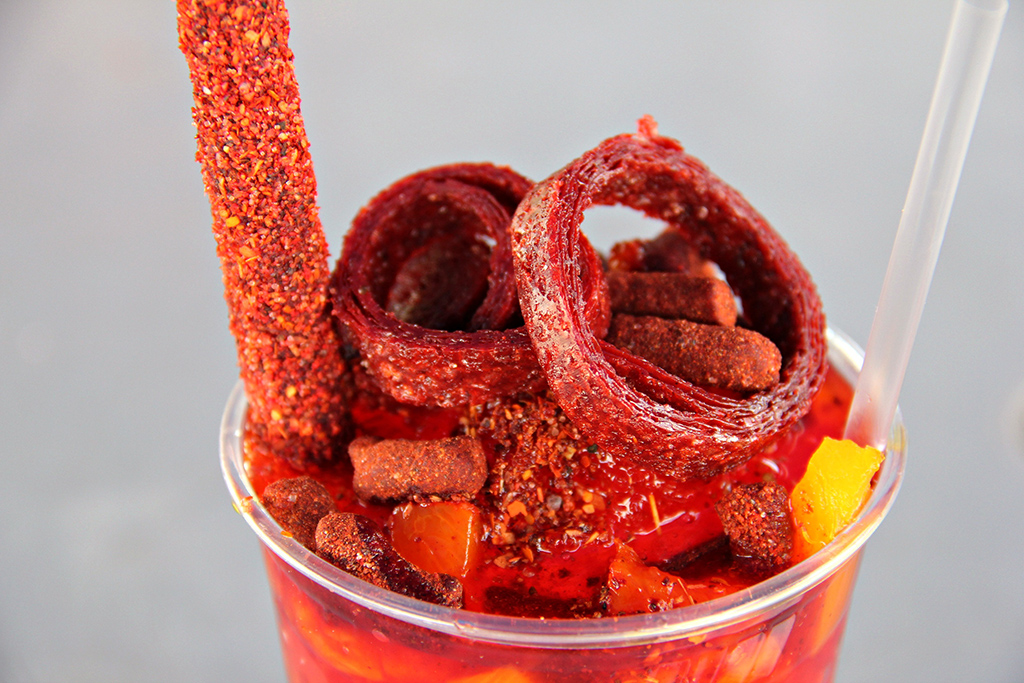
The Sonoran is the world’s wettest desert (a little more trivia to feed your knowledge appetite), but it’s also North America’s hottest. Summer might not be eternal, but it can be infernal. Raspados, or shaved ice dessert treats, act as our sweet reprieve. (Another little knowledge bomb: you can remember that dessert has two esses versus the singular es in the word “desert,” because you always want seconds!). Of course, shaved ice desserts are served all over the world, but Sonorans make them differently in that they’re usually served with sweet cream or ice cream, and the fruit or fruit syrup is fresh. There are distinct Sonoran food flavors, too, like chamoy and tamarindo.
Check out our 20 Refreshing Raspado Spots to Hit in Summer for a list of where we like to get seconds on our raspados.
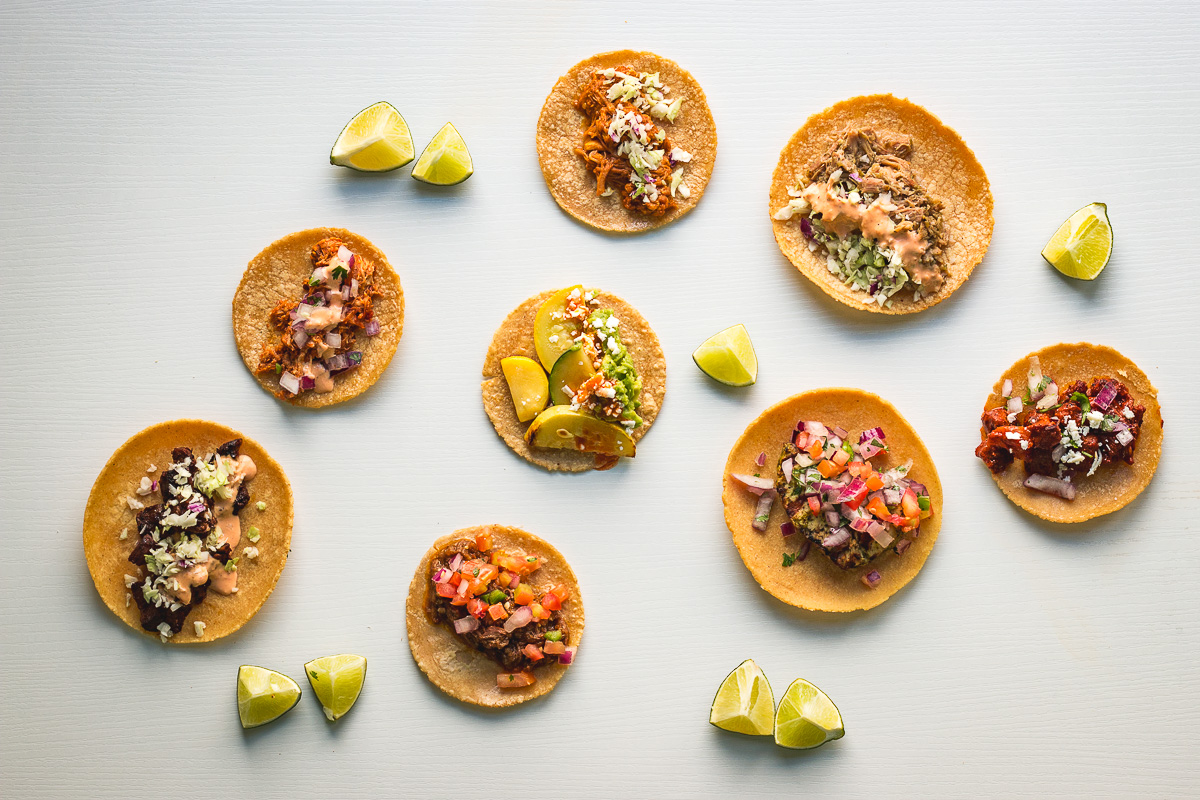
According to Gregory McNamee, Tucson-based author of the Southwest food history book “Tortillas, Tiswin & T-Bones,” the taco was originally a modification of the central Mexican corn-based dish tlacoyo, which was originally a variation of a Central American tamale. The actual word “taco” could have been a bastardization of the word “tlacoyo” on the part of the infamous Hernán Cortés; historians aren’t entirely sure. One thing’s for certain: Sonoran-style tacos are, not unlike Cortés himself, a contentious topic. We all have our favorites, with fillings ranging from chorizo to machaca to barbacoa to potatoes.
Check out our Visual Guide to over 30 Different Types of Tacos in Tucson.
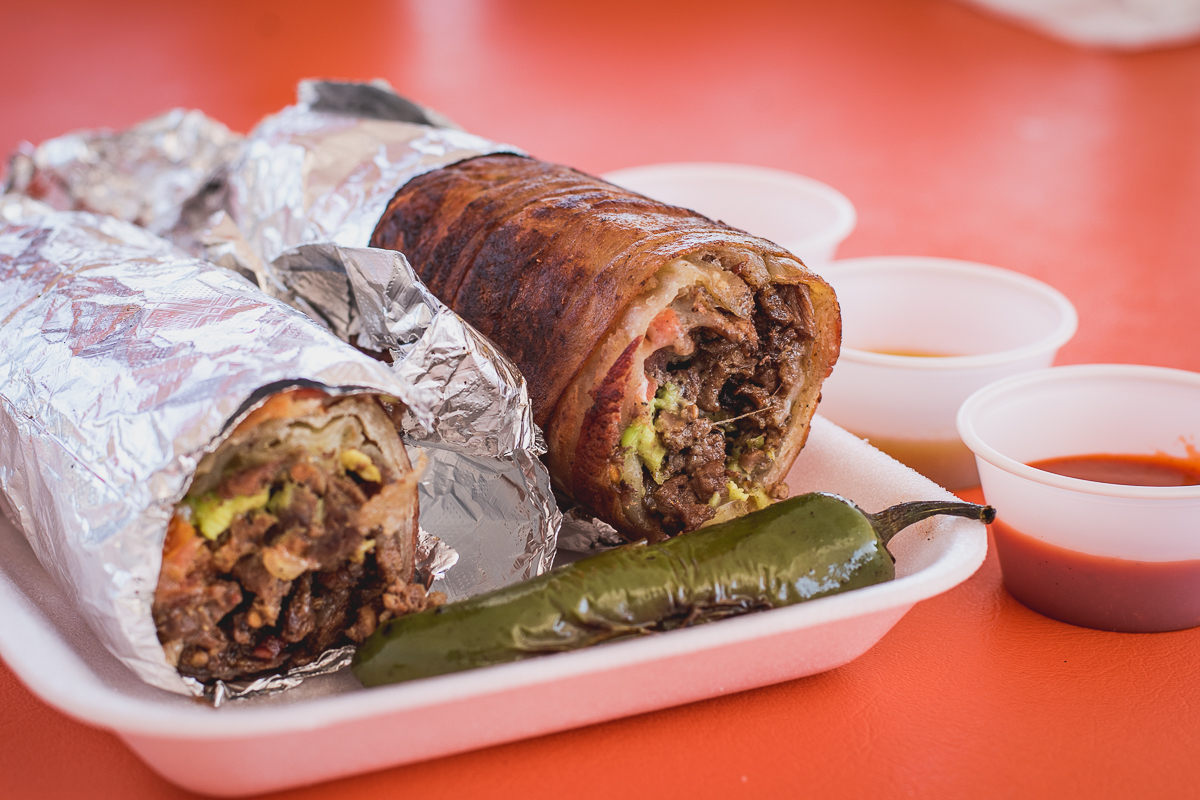
Burritos are another ubiquitous Sonoran food dish, though somehow less divisive than tacos. People just don’t seem to argue about who serves the best burro (technically, larger) or burrito (smaller), no matter how different or similar they may be from restaurant to restaurant. Nor are we sure how they got their name. The first menu mention of a burrito occurred in the 1930s at Los Angeles’ El Cholo Spanish Café, though they’re definitely not Spanish but Mexican in origin. In the Sonoran Desert, they’re always served in an harina (flour) tortilla. Certain fillings and cooking innovations are unique to the region or at least originated here.
Specifically, El Charro Café’s chimichanga is indigenous to the Sonoran Desert. Founder Tia Monica Flin supposedly had a happy accident of dropping a burro into a pan of fry oil. You can get any of their burros chimi style, and the kitchen doesn’t use trans-fat oils. The bean and cheese is quite delicious.
Another Sonoran Desert-specific burro is the percherón (translation: Clydesdale), a dish that originated in Guaymas and Hermosillo. They’re made in giant wheat tortillas that are about the size of a lady’s arm (aka, tortillas sobaqueras). They use carne asada, queso fresco, avocado, often mushrooms, and usually tomatoes. Variations are permitted. Get them at La Botana – Tacos + Patio + Amigos, or go the extra cardiac mile and get a bacon-wrapped version at Percherón Mexican Grill.
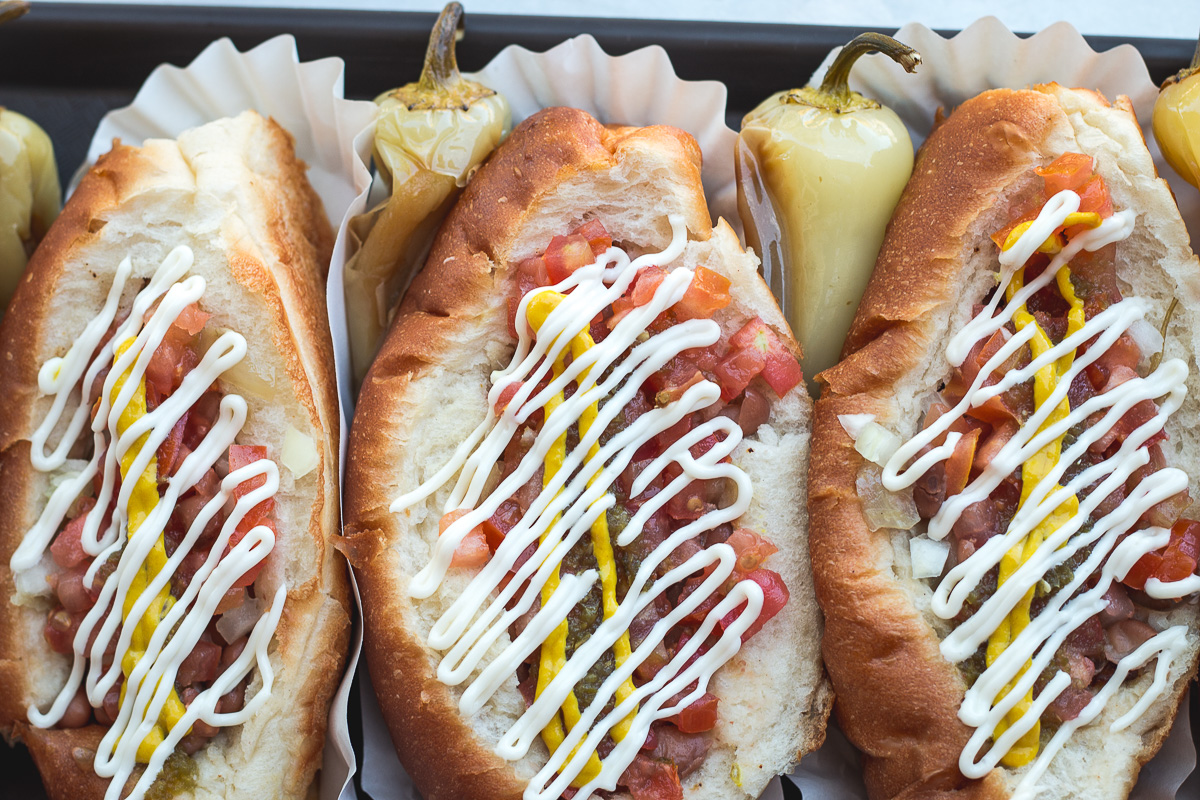
A fusion of Mexican and North American elements (Mexican bread and North American meat and toppings), Sonoran Dogs are widely accepted as quintessentially Tucson. Everyone has their go-to spot. On August 8, 2019, Tucson Foodie put forth a reader-generated list of 30 diverse favorite Sonoran Dogs representing every cranny of the city. That list was (admittedly non-scientifically) winnowed down to four contenders after 2,000 people voted. Then, guest judges and Tucson Foodie staff rated each of the four based on three criteria and came up with a winner.
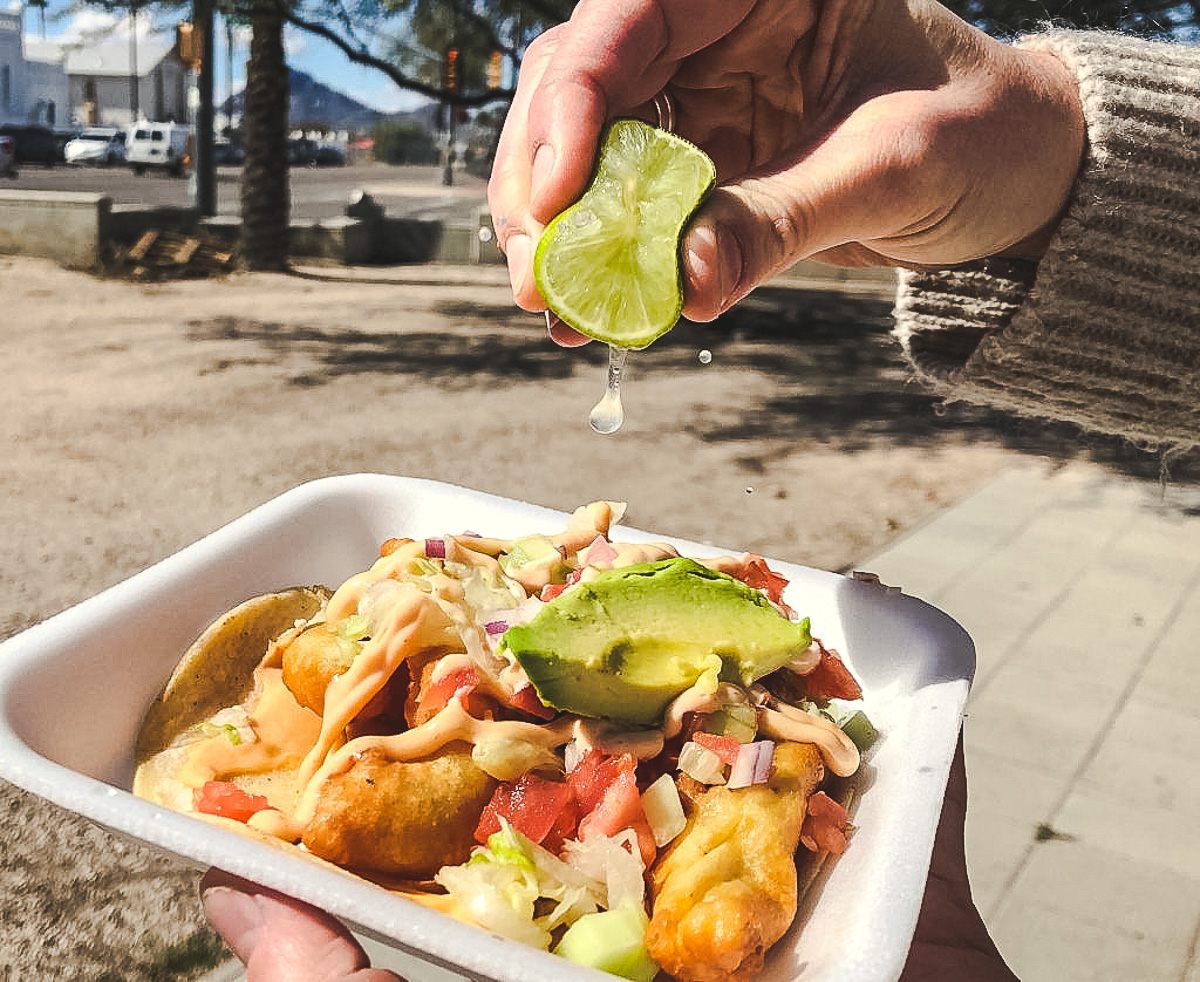
How counterintuitive is it that seafood (mariscos, to most locals) is an absolute Sonoran food staple, six hours inland from the nearest tourist beach? Well, technically that beach is in the Sonoran Desert, and Gulf of California ocean critters are some of our most important heritage animal proteins. Some of the absolute best seafood in Tucson comes straight from the ocean almost every day. It’s at JPS Seafood Market & Restaurant, and you want to go to there today.
Culinarily, the state of Sonora and the city of Guaymas, in particular, is known for its shrimp, and Tucson certainly benefits from that Sonoran food because there’s no restriction on bringing it back into the States. Guaymas’ shrimp is both wild-caught and aquacultured. Wild shrimp season is any month with the letter “r” in it. Guillermo’s Double L has one of the best deals in town on shrimp fajitas.
Ceviches vary from place to place but it’s always seafood that’s denatured but not technically cooked. And yet it is not raw, owing to the acids in its marinade. Sonoran ceviche is marked by the fact that it’s cured longer than Central and South American and Caribbean versions. The fish and seafood is cut smaller, and it’s spicier. It’s also served on a tostada about as often as in a glass dish. Two we like are Cocteleria La Palma Mariscos Y Mas and Mariscos Baja Mar.
Fish and shrimp tacos are maybe surprisingly plentiful here as well. They’re very different from what you find in Tijuana and San Diego: they’re seldom blackened or grilled but usually fried.
Read our 5 Best Fish Tacos in Tucson for several fish and shrimp taco joints we’re hooked on.
It’s tough to call Sonoran sushi, sushi. It’s not really raw fish. It doesn’t use sushi rice. It’s not even all that raw. But it’s all the rage. And it brings this Sonoran food guide up to date and perhaps even into the future.
If you want to find out more on what it is, where to get it, and why it’s even Sonoran, read our Where to Get Your Fill of “trending” Sonoran Sushi. It’s a Thing.
Sonoran Restaurant Week is coming up on Friday, September 6 – Sunday, September 15. A number of restaurants around town will offer menus showcasing Sonoran food indigenous to our area.
For more information, check out our 7 Reasons We Can’t Wait to Check Out Sonoran Restaurant Week.